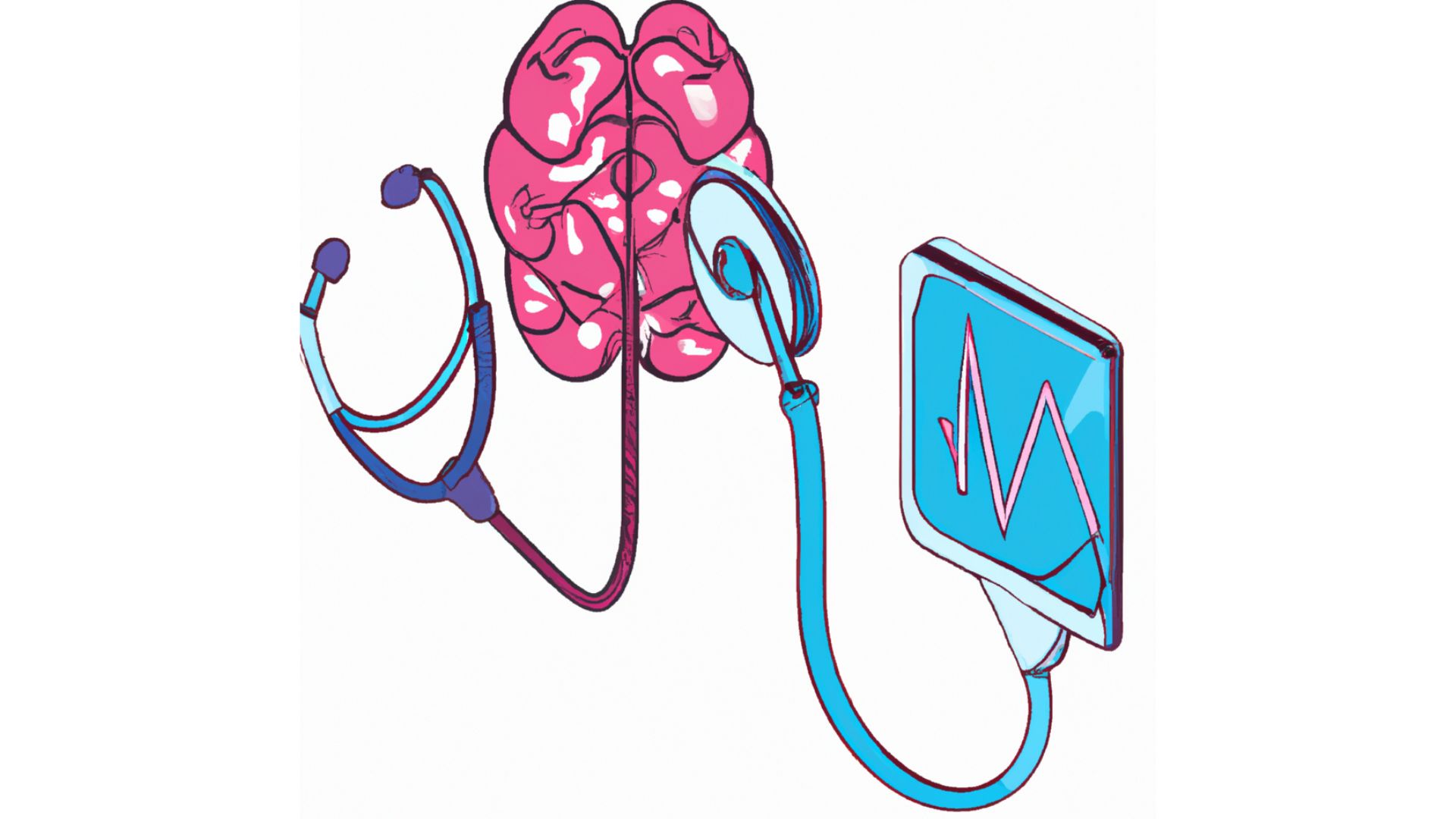Are doctors ready to take advantage of the artificial intelligence in the Diagnostic Process?
The Promising World of the Artificial Intelligence (AI)
Uncertainty, a presence of common signs and symptoms of different diseases and an important number of clinical entities, are a typical characteristic of the diagnostic process in medicine. In the last twenty years, a technological revolution has taken place in the clinical field, with a clear improvement of the imaging quality, the possibility of an electronic medical record and the development of the devices for a digital communication between patients and physicians.There are have been also the development of specific software to help with the diagnosis, computer programs that suggest a differential diagnosis after the doctor supply some selected sign, symptoms or laboratory data. Another type of help for clinicians had been in the last years, the database that includes an actualized clinical information, with a comprehensive list of differential diagnoses for each syndrome or clinical entities, such as UpToDate (R), but usually accessible under subscription. But, the real truth is that doctors in general are always under pressure and they only will change his or her practice if a new tool is designed to facilitate the clinical work, without too much investment in time and resources. Now, social media and Medical Journals, are starting to publish an increasing amount of articles devoted to the subject of the AI and the relationship with healthcare, talking in terms of a “revolution” (1).

The AI and the diagnostic process
Clinical decision is the result of a complex and difficult mental process in the brain of every physician, with a mixed of emotions, knowledge, pattern recognition and a lack of a “hard” framework to select the proper and useful information from the patient. A good clinical reasoning process is based on a mix of personality, knowledge, bias control and the ability to cope with uncertainty.
This practical, but not always efficient mechanism, could be improved with the new field of AI, but we have to select and to direct our objectives in the good direction, to get a real benefit to improve clinical practice and the diagnostic process. From a practical point of view, I would like to consider some conditions that this new and promising field of AI must follow to have a real impact on clinical practice.
- We don´t have to mislead the administrative work with the clinical work.
It is clear that AI can facilitate a lot of administrative work for doctors and nurses, such as the integration of information, the elaboration of every type of report, the follow up of patients, the digital communication, but this is not what we are proposing here, to descend to the world of the everyday clinic.
2. AI is going to improve the “reading” of the diagnostic imaging in Medicine, but the final decision must be under the supervision of a human being.
3. The main role for AI in the diagnostic process of a patient is, in my opinion, to help to collect the exposure, medication and previous diseases of a patient, increasing the safety and in a way trying to correct possible bias at different levels.
4. AI has a seminal role helping clinicians to elaborate a differential diagnosis, suggesting and ranking a wider list of possibilities, breaching the limitation of the human mind.
This function could be pivotal in the path to insert AI inside the clinical work, but the access to the computation of AI must be embedded inside the clinical tools in a clear, no time consuming and in an easy way. Nowadays, a prospective study must be implemented to measure the real benefit of this field on the clinical practice and in the patient satisfaction and clinical outcome.
5. AI techniques can have a major impact in the knowledge and attention of “rare or uncommon diseases”.
There are many genetic or uncommon diseases, with an overlapping of signs and symptoms, challenging a proper diagnosis to a practitioner without specialization in this field, such as General Practice doctors, Emergency doctors or wathever specialty without a training in this group of pathologies. AI can select in a fast and effective way a particular disease inside the “bunches” of others with a lot of similarities, but with a different approach (2).
6. AI can help facilitating a fast and complete access to the different “Diagnostic criteria” of different processes, helping to improve the “Diagnostic accuracy” of the clinician.
7. AI can improve the transition of patients, making a complete report about all the incidences detected in the daily evolution of a patient.
8. AI technology can be a very useful tool to “call the attention” to the clinical practitioner when, in the evolution of the patient, the new clinical and laboratory data alert to think in another diagnostic possibility, or even about specific signals about drug interaction or the presence of a risk, for instance a very low serum potassium or hemoglobin level.
9. The science of AI can help to recognize patterns of clinical behaviour associated with medical error, helping to change the clinical practice of a practitioner or a medical team.
10. Only the real integration of clinical teams in the implantation of AI in clinical practice is the key to success. Medical schools must change, the sooner the better, the medical curriculum to adapt to this new challenge.
Author: Dr. Lorenzo Alonso Carrión
FORO OSLER
This post is free to use as needed, just cite the Foro Osler web page (prodiagnosis.org)




Great reflection. Society is anticipated to increasingly depend on AI as a tool to bolster the decision-making process with human oversight, rather than as a substitute for physicians.